Buy this painting Monet in Modern The Hague by Arjen Roos as a reproduction on canvas, ArtFrame, poster and wallpaper, printed on demand in high quality.
About "Monet in Modern The Hague"
by Arjen Roos
About the artwork
Picture this: it is the late 19th century. Claude Monet, always looking for new light and colours, is travelling through the Netherlands. In the Zaan region, he becomes enchanted by the bright hues of the wooden houses and the spinning windmills. The bright colours he sees there - red, blue, green - settle into his palette and his imagination.
On a sunny afternoon, Monet arrives in The Hague. While exploring the city, he comes across the Hofvijver. Monet, fascinated by the play of light on the water and the colours of the city, stops and stares his eyes out. The stately buildings reflect vividly in the rippling water, while behind them, surprisingly modern, the skyline rises like an echo of the future. A scene that immediately enchants him.
The brick facades along the waterfront, however, seem a bit dull to him after the colourful spectacle of the Zaan region. Determined to make the picture more vivid, Monet settles in with his sketchbook and a few tubes of paint - a modern innovation that allows him to work directly and spontaneously in the open air. In quick, accurate brushstrokes, he captures the sparkling water, fountain and cloudy skies over the city, but now with a more colourful, expressive palette than reality offers.
As he works, he is curiously watched by Hagenezen and Hagenaren alike. Some greet kindly, others cast him a questioning glance - a French artist who does handle colour and perspective very freely. Monet only smiles and works imperturbably; he knows he is not just painting what he sees, but what he feels.
A painting that never really existed - but in this work of art becomes as tangible as a dream.

About Arjen Roos
My work exists at the intersection of modern Pop Art and Expressionism, with influences from Modernism. Contrast, whether in light, color, or subject, plays a central role in my art. The color red is often prominently featured.
Each piece I create tells a story. I produce..
Read more…
 Netherlands
Netherlands Ordered in March 2021
Ordered in March 2021
 Germany
Germany Ordered in November 2020
Ordered in November 2020
 Netherlands
Netherlands Ordered in October 2018
Ordered in October 2018
 Germany
Germany Ordered in June 2019
Ordered in June 2019
 Netherlands
Netherlands Ordered in May 2021
Ordered in May 2021
 Netherlands
Netherlands Ordered in March 2022
Ordered in March 2022
 Netherlands
Netherlands Ordered in December 2022
Ordered in December 2022
 Germany
Germany Ordered in March 2021
Ordered in March 2021
 Netherlands
Netherlands Ordered in September 2021
Ordered in September 2021
 Netherlands
Netherlands Ordered in November 2020
Ordered in November 2020
 Germany
Germany Ordered in March 2023
Ordered in March 2023
 Germany
Germany Ordered in January 2023
Ordered in January 2023
About the material
ArtFrame™
Interchangeable Art Prints
- High-quality print
- Easily interchangeable
- Acoustic function
- Large sizes available
Discover the artworks of Arjen Roos
 Flour danceArjen Roos
Flour danceArjen Roos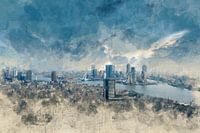 Painted skyline of RotterdamArjen Roos
Painted skyline of RotterdamArjen Roos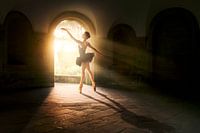 Magical light danceArjen Roos
Magical light danceArjen Roos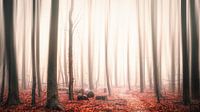 VagueArjen Roos
VagueArjen Roos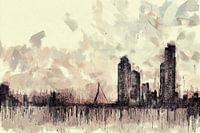 Rotterdam SkylineArjen Roos
Rotterdam SkylineArjen Roos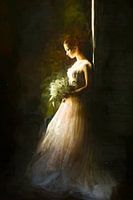 DesireArjen Roos
DesireArjen Roos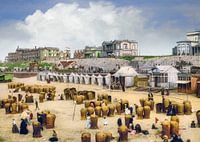 Scheveningen around 1900Arjen Roos
Scheveningen around 1900Arjen Roos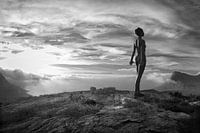 Standing tallArjen Roos
Standing tallArjen Roos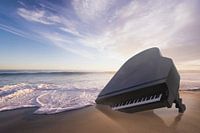 Music in the surfArjen Roos
Music in the surfArjen Roos Painted elephantArjen Roos
Painted elephantArjen Roos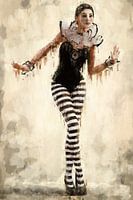 Painted PierretteArjen Roos
Painted PierretteArjen Roos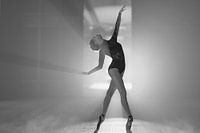 Dance with lightArjen Roos
Dance with lightArjen Roos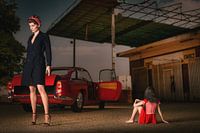 Lost in the red thread?Arjen Roos
Lost in the red thread?Arjen Roos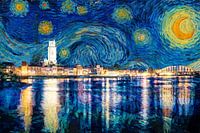 Starry Night in DeventerArjen Roos
Starry Night in DeventerArjen Roos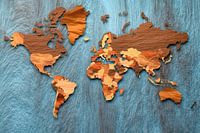 World map in shades of brown on blueArjen Roos
World map in shades of brown on blueArjen Roos Floating brown world map on blueArjen Roos
Floating brown world map on blueArjen Roos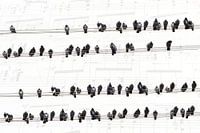 Music of the pigeonsArjen Roos
Music of the pigeonsArjen Roos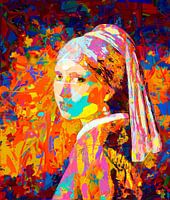 Girl with the pop art pearlArjen Roos
Girl with the pop art pearlArjen Roos The Lady with the PearlArjen Roos
The Lady with the PearlArjen Roos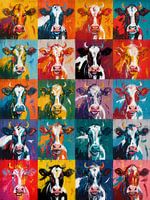 Pop Art CowsArjen Roos
Pop Art CowsArjen Roos








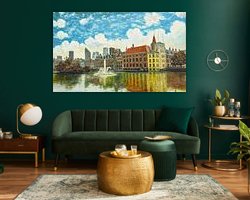


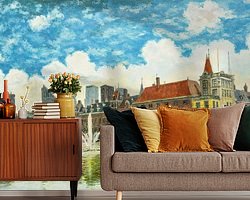

 Amsterdam
Amsterdam Binnnenhof of Den Haag
Binnnenhof of Den Haag Claude Monet
Claude Monet Clouds
Clouds Impressionism
Impressionism Nostalgic Memories
Nostalgic Memories Serene Peace
Serene Peace Skyline
Skyline Urban landscapes
Urban landscapes Vibrant Colors
Vibrant Colors









